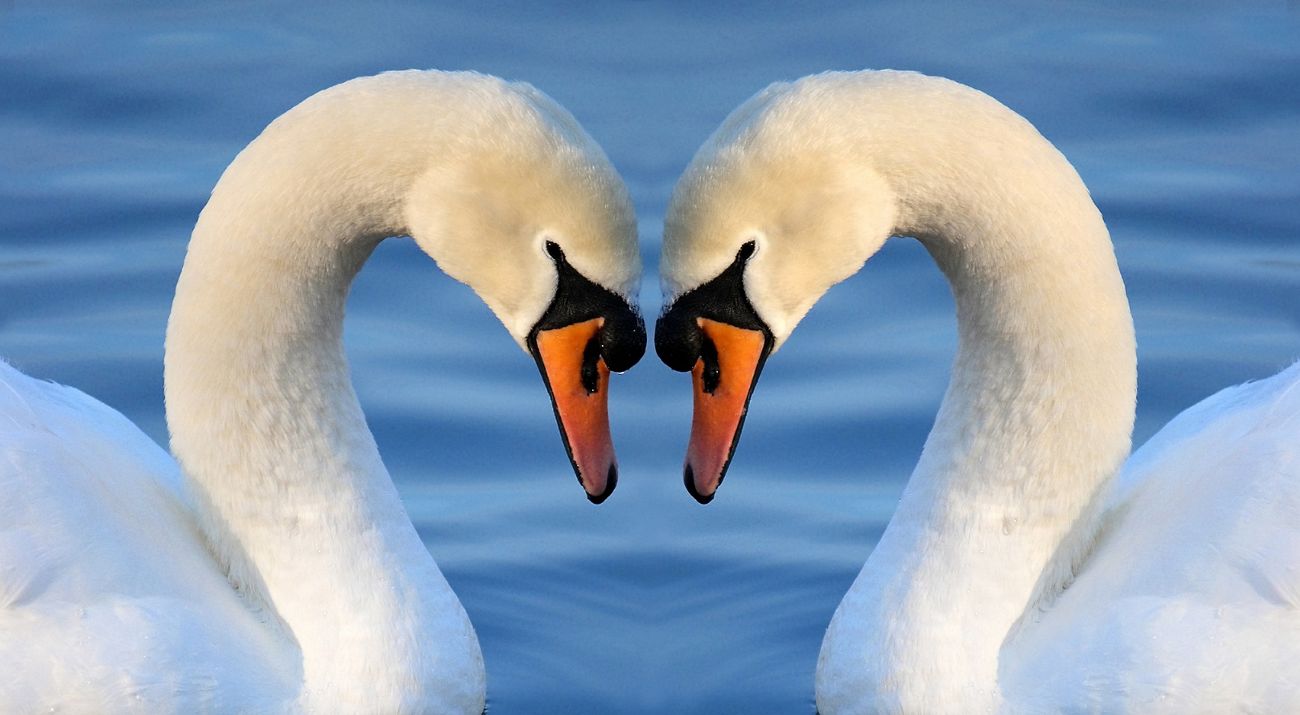Lessons in Love from Nature
New Jersey wildlife have a thing or two to teach us about romance!
Love is in the air, and not just for humans! Explore the courtship, grooming and everyday behaviors of some iconic New Jersey wildlife. Don't forget to take notes, as these species know the secret to lasting relationships.
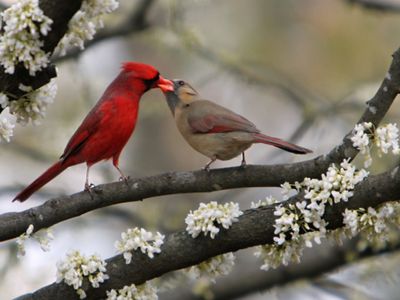
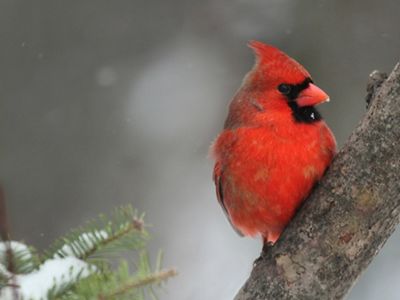
Northern Cardinals
Crimson male cardinals are not only perpetually suited up in the color of passion, but they are also on to what really warms the heart of their beloved: food and gifts! Cardinals, which pair up for life, engage in mate feeding as part of their quest for (and maintenance of) a companion.

Stay connected for the latest news from nature.
Get global conservation stories, news and local opportunities near you. Check out a sample Nature News email.
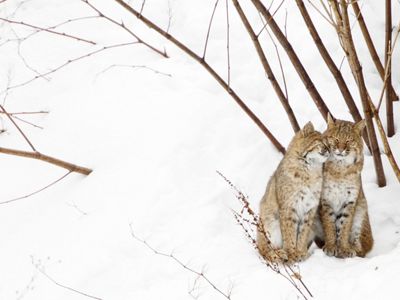
Bobcats
Dancing cheek to cheek is a bobcat-endorsed love strategy—they rub their faces on potential mates (as well as offspring) to signal "be mine!"
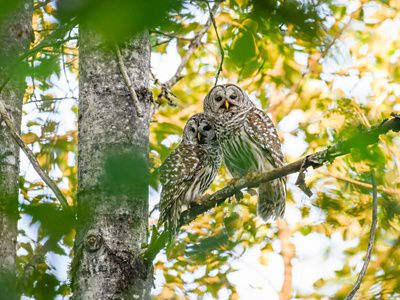
Barred Owls
Barred owls understand the importance of commitment; they mate for life! They usually have a single clutch of two or three eggs each year. This species is one of many found at our South Cape May Meadows Preserve. Learn more about the owls found and banded at this preserve.


Horseshoe Crabs
There is a reason that horseshoe crabs have been around for 300 million years. They know the value of a moonlit stroll on the beach!
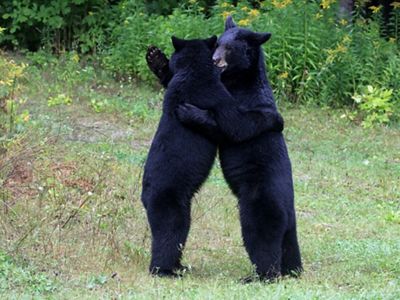
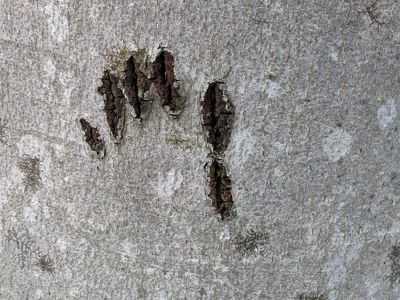
Black Bears
Studies show that hugging increases bonding for people—and maybe also for bears? Black bears hug each other as cubs when playing, and when adults as part of the courtship ritual.

American Woodcocks
Wisdom from woodcocks: a little effort goes a long way when it comes to impressing a mate. Males of this species are true winged wooers, staging an elaborate show of singing, aerial acrobatics and feather ruffling in pursuit of their love interest.
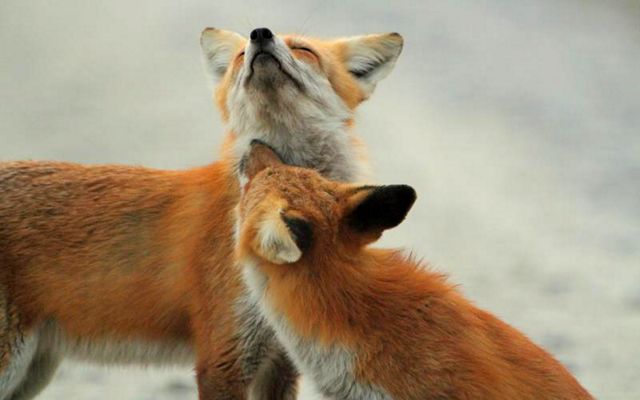

Red Fox
Red fox pairs are lifelong partners, and even when mating season is over they meet to socialize and share food. Because no matter how long you've been together, making time for a one-on-one dinner is always a good way to reconnect.
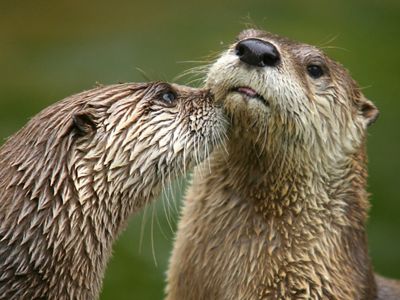
River Otters
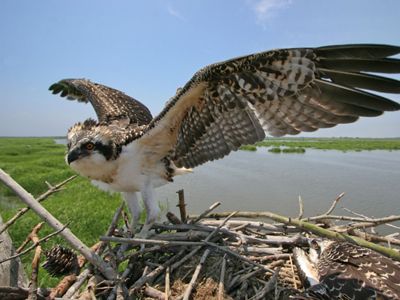

Osprey
Leave the kids at home for your romantic date. Take it from paired-for-life osprey parents who let chicks rest in the nest while they fly off to hunt—the noisy calls, fishy demands, and spontaneous wing-spreading of your cute, but ungainly, offspring does nothing to enhance the mood.
Read more about osprey recovery in New Jersey and check out highlights from our seasonal osprey nest cam at Cape May Meadows Preserve.
Support Our Work in New Jersey
Help us protect these lands and waters so that generations to come of people and wildlife can enjoy them and benefit from the clean water, air and habitats.
